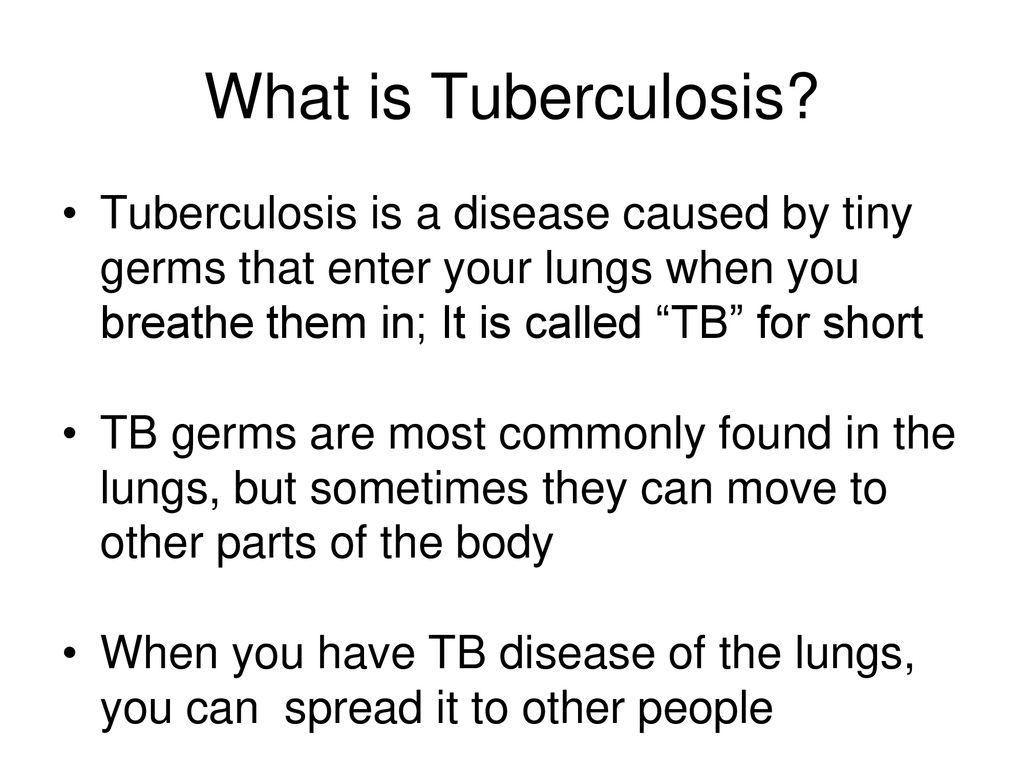TB cases see decrease in India :EMPOWER IAS
TB cases see decrease in India
In news:
- Number of TB patients fall by almost 50,000 over past year, according to the World Health Organization (WHO)-2019 edition of the Global Tuberculosis (TB) Report released recently.
TB cases in India as per the report:
- The report notes that in 2017, India had 27.4 lakh TB patients which came down to 26.9 lakh in 2018.
- Incidence per 1,00,000 population has decreased from 204 in 2017 to 199 in 2018. The number of patients being tested for rifampicin resistance has increased from 32% in 2017 to 46% in 2018.
- The treatment success rate has increased to 81% for new and relapse cases (drug sensitive) in 2017, which was 69% in 2016.
- The report provides a comprehensive and up-to-date assessment of the TB epidemic and progress in the response at global, regional and country levels for India.
Disease trends
- It also features data on disease trends and the response to the epidemic in 202 countries and territories.
- This includes trends in TB incidence and mortality, data on case detection and treatment results for TB, multidrug-resistant TB (MDR-TB), TB/HIV, TB prevention, universal health coverage as well as financing.
- According to experts, TB remains the top infectious killer in the world claiming over 4,000 lives a day.
- This report presents progress towards targets set at the first-ever United Nations General Assembly high-level meeting on TB in 2018, that brought together heads of state, as well as the targets of the WHO End TB Strategy and Sustainable Development Goals.

Covering all cases
- The India TB-Report 2019 notes that India is closest ever to covering all TB cases through the online notification system (NIKSHAY).
- With the aim of universal access to free diagnostics and treatment services, state-of-the-art diagnostic tests and quality assured drugs have been extended to all patients seeking TB care.
- In India, of the estimated 2.69 million TB cases emerging in 2018, 2.15 million were reported to the Government of India — leaving a gap of 5,40,000 patients who are going unreported.
About Tuberculosis:
- Tuberculosis (TB) is caused by bacteria (Mycobacterium tuberculosis) that most often affect the lungs. Tuberculosis is curable and preventable.
- TB is spread from person to person through the air. When people with lung TB cough, sneeze or spit, they propel the TB germs into the air. A person needs to inhale only a few of these germs to become infected.
- About one-third of the world's population has latent TB, which means people have been infected by TB bacteria but are not (yet) ill with disease and cannot transmit the disease.

TB Control Programmes in India:
- 2012-“Nikshay,” an online tuberculosis reporting system for medical practitioners and clinical establishments was set up.
- 2014-Standards for TB Care in India (STCI) was launched. It is an initiative to introduce uniform standards for TB care in all sectors.
- 2016-Anti-TB drug Bedaquiline was introduced under Conditional Access Programme (CAP) to improve outcomes of drug resistant TB treatment
- 2018- Indian government launched Joint Effort for Elimination of Tuberculosis (JEET), to increase the reporting of TB cases by the private sector.
National Strategic Plan (NSP) 2017 - 2025
- The National Strategic Plan (NSP) 2017 - 2025 is the plan produced by the government of India (GoI) which sets out what the government believes is needed to eliminate TB in India
- The NSP 2017 - 2025 describes the activities and interventions that the GoI believes will bring about significant change in the incidence, prevalence and mortality from TB. This is in addition to what is already going on in the country.
- The NSP sets out the recommendations of the GoI. However, the rate at which these recommendations are implemented will largely depend on the action taken by individual states.
Revised National Tuberculosis Control Programme (RNTCP):
- Revised National Tuberculosis Control Program is the state-run tuberculosis control initiative of the Government of India. RNTCP incorporates the principles of directly observed treatment-short course (DOTS).
- DOTS is a systematic strategy which has five components:
- Political and administrative commitment: Since TB can be cured and the epidemic reversed, it warrants the topmost priority, which has been accorded by the Government of India.
- Good quality diagnosis: Good quality microscopy allows health workers to see the tubercle bacilli and diagnose properly.
- Good quality drugs: An uninterrupted supply of good quality anti-TB drugs must be available. RNTCP provides a box of medication for the entire treatment for every person registered.
- Supervised treatment to ensure the right treatment: The RNTCP uses the best anti-TB medications available in a right way.
- Systematic monitoring and accountability: Standard recording and reporting system, and the technique of cohort analyses are used to keep an account of every person treated.

Source)
thehindu.com/sci-tech/health/tb-cases-see-decrease-in-india/article29728676.ece
